Feeding vegetables with yeast
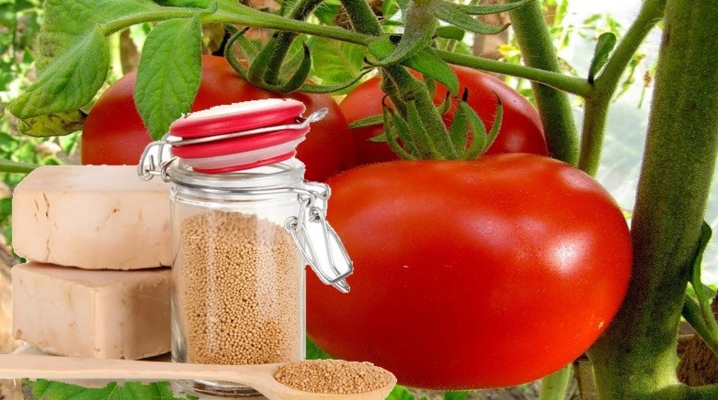
One of the principles of natural farming involves the rejection of the use of chemical fertilizers. Various substances and products of natural origin are used instead of chemistry. Yeast is one such food. Feeding vegetables with yeast has a positive effect on the growth and development of plants.
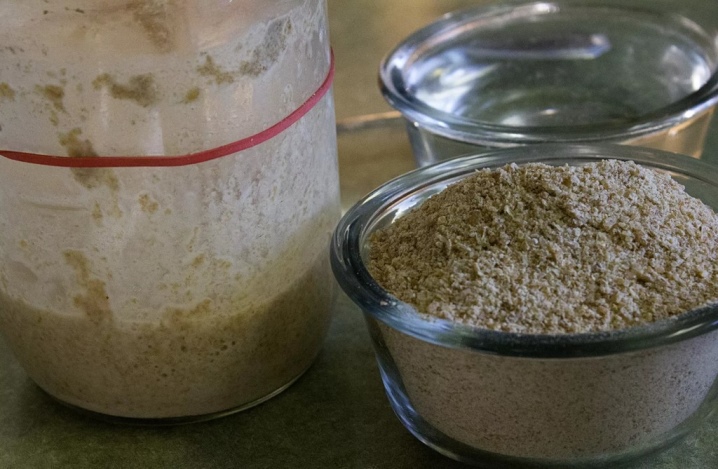
Properties
Yeast is a group of unicellular fungi. In nature, there are about 1,500 species of these microscopic organisms. Most often used in practice are baker's, brewer's, wine, hop yeast. But only baker's yeast can be used to feed the plants in the garden.
They live only on the surface of fruits and vegetables, and die in the soil, as they serve as food for other beneficial microorganisms that are there. With the help of these miniature organisms, the process of processing organic residues in the soil is activated, while phosphorus and nitrogen are converted into a form accessible to plants and can be assimilated by them.
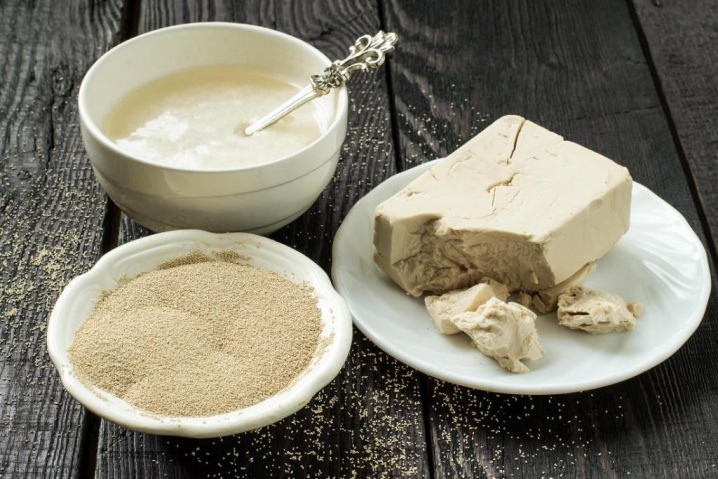
In addition, plants that have received yeast feeding increase immunity to various kinds of diseases, as well as resistance to stress.
Yeast top dressing will give the greatest effect only when it is warm. If the temperature of the environment or soil is 10 ° C, then the activity of the yeast is greatly reduced, and if it is even lower, then they may even die.
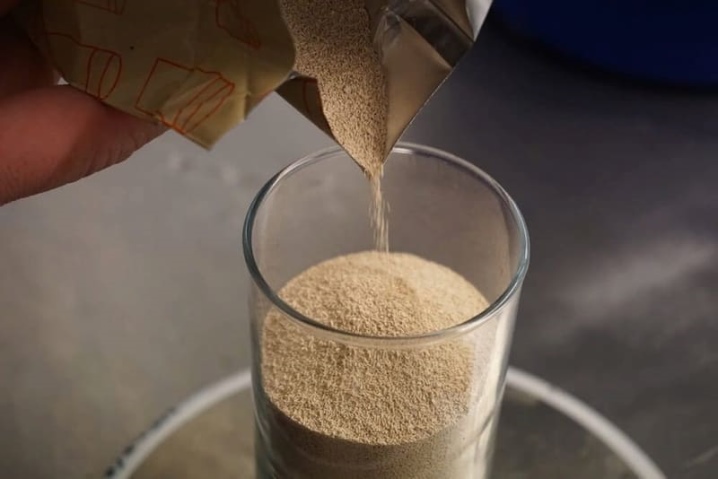
What crops is it suitable for?
Yeast dressing is universal, it is suitable for literally all vegetable crops, as well as berry bushes, fruit trees, ornamental shrubs and indoor flowers. Truth, many experienced gardeners do not advise using yeast for feeding potatoes, since it becomes loose and tasteless.
Tomatoes
This top dressing is especially useful when growing tomatoes. It is well known that nitrogen fertilization increases the sugar content of tomato fruits, they become tasty and aromatic. Yeast contains a large amount of protein in its composition, and protein, when decomposed, becomes a source of nitrogen.
For tomatoes, two dressings are made per season:
- the first is root, 2 weeks after planting in the ground or in a greenhouse to stimulate root growth;
- the second - foliar, during the growth of ovaries and fruit filling to improve the taste of tomatoes.
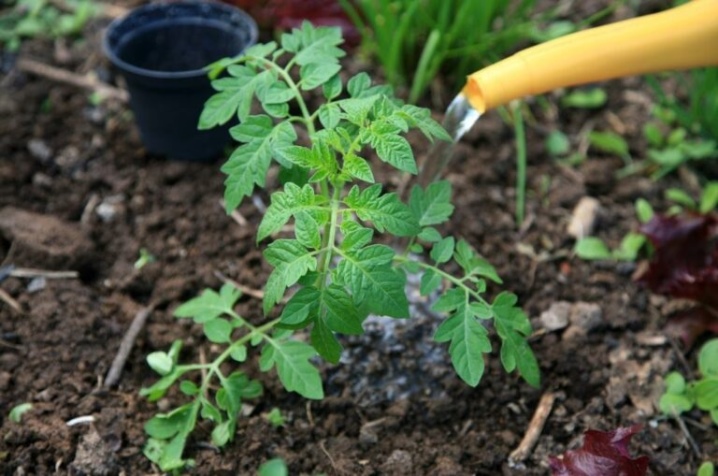
Cucumbers
Cucumbers also love yeast feeding. Their large leaves require a lot of nitrogen to grow, especially during the initial period of development. Cucumber whips should grow strong, with short internodes and lots of ovaries. This is facilitated by yeast feeding.
Cucumbers, like tomatoes, are fed twice: the first time, when the second or third pair of true leaves appear in cucumbers in the open field, root feeding is needed here. The second feeding is carried out during the formation of the first ovaries, it is done on the leaves.
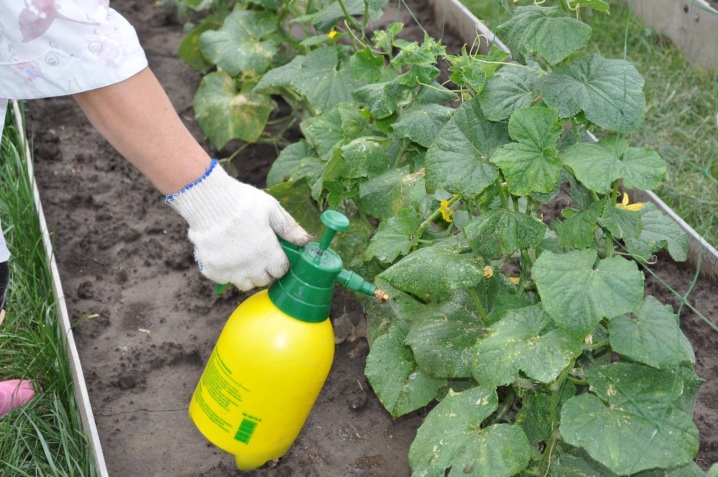
When using such dressings for cucumbers, one must observe the measure and not overdo it, otherwise the plants will increase the green mass to the detriment of the formation of ovaries.
Pepper, eggplant
These cultures can be treated with yeast at the seedling stage. Unlike tomatoes and cucumbers, peppers and eggplants grow slowly during the seedling period, and stimulation of growth processes will not be superfluous. In addition, the seeds of these cultures are tightly similar, and soaking for 2 hours in a yeast solution increases their activity, they germinate faster. Seedlings of peppers and eggplants are fed in the seedling stage only once, now they do not need a lot of nitrogen.But 10 days after planting seedlings in the ground and before flowering, it will be very useful.
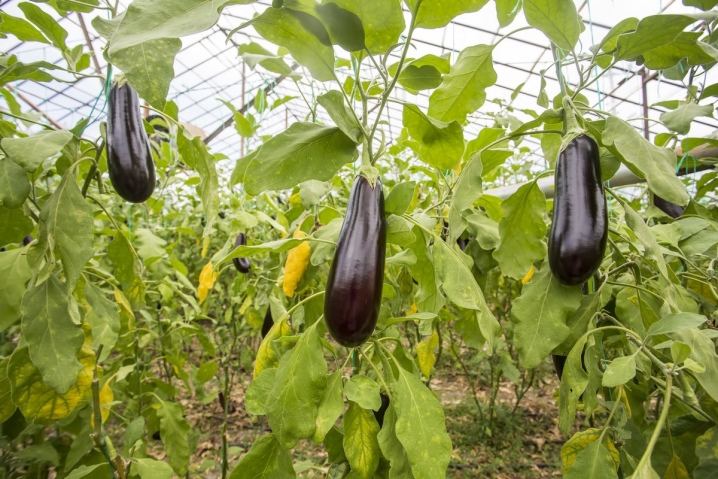
Strawberry
Strawberries are an early crop and the use of yeast is delayed until warm weather sets in. By this time, strawberries usually begin to bloom. Top dressing on the leaves is not needed now, it is better to postpone it until the moment when the strawberries bear fruit and, after pruning, began to grow leaves.

Fruit trees and berry bushes
For them, yeast dressing is done on the leaves during the period when the weather is warm or the trees have already faded. With its help, the quality of the crop increases and it lasts much longer. The processing is one-time, but plentiful - 5-6 liters of yeast feeding can be spent on one small tree.
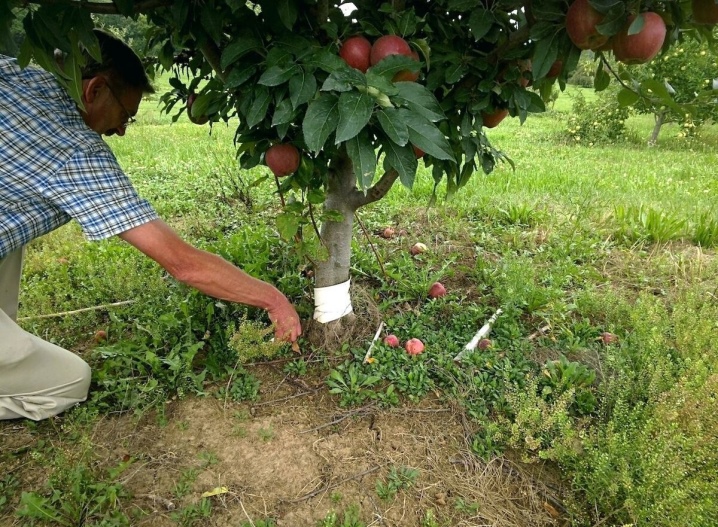
Houseplants
They especially need such feeding. The root system of flowers is in a tight, limited volume, the soil is gradually depleted and requires nutrients. During the entire growing season, you can feed with yeast 3 times:
- in the initial period of flower growth;
- before the formation of buds;
- after flowering, in order to stock up on nutrients for a dormant period.
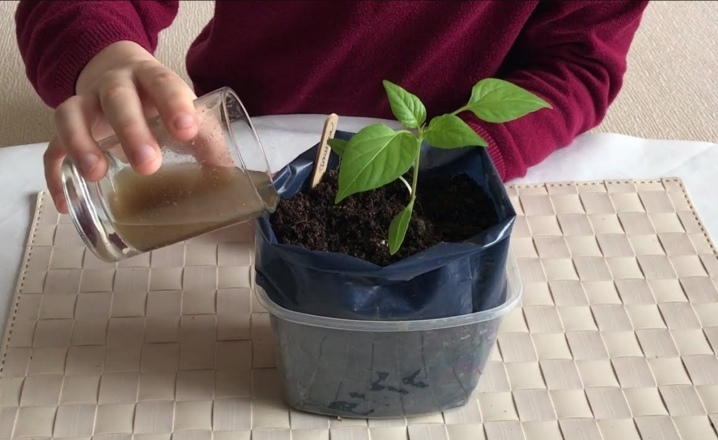
Cooking recipes
You can prepare top dressing both from live frozen yeast and from dry.
- You should take a small pack (100 g) of compressed yeast and dilute in 1 liter of warm water. To activate and multiply fungi, add 2-3 tsp. sugar and 2 tsp. any liquid fertilizer for indoor flowers. Stir everything well and leave in a warm place for a day, covered with a towel or lid. You will get a mother liquor. For use, it must be brought to a volume of 10 liters, stirring well. You can immediately water the plants with a solution, using from 0.5 to 1 liter per root.
- A pack of dry yeast (10 g) is mixed with sugar (2 tsp) and warm water. Leave for a few minutes to activate the fungi. During this time, you need to prepare a three-liter jar of warm water, but not full - it will be enough to pour 2.5 liters of water into the jar. Pour the dissolved yeast and sugar into it, stir and leave for 6-7 hours. After that, you can already use it, once again diluted with warm water in a 1: 2 ratio.
- Yeast feeding can be done on the basis of decoctions of starchy vegetables - potatoes, pumpkin and others. To do this, add 100 g of compressed yeast to a broth cooled to 30 ° C (2 l), stir and leave for 24 hours. Then 1 tbsp. infusion diluted in 3 liters of warm water and used for feeding.
- Sifted ash can be added to the yeast feed to balance the nutrients. To make the solution correctly, you need to pour a liter jar of ash into a bucket of water, stir and leave for 2-3 days, stirring occasionally. After straining 10 liters of yeast feeding add 1 liter of ash infusion.
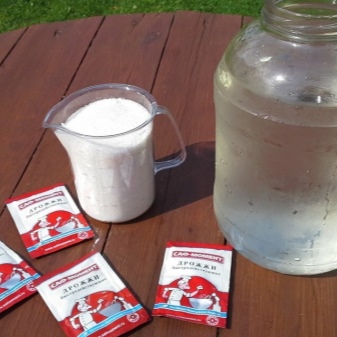
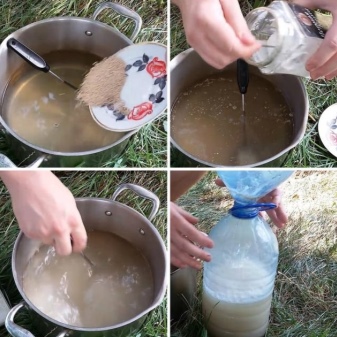
Such folk remedies can significantly reduce the use of chemical mineral fertilizers, which will significantly improve the taste of grown fruits and vegetables and will be beneficial for health.
How to feed?
There are general principles for using yeast dressings.
- On the garden bed, before feeding, you need to water the soil well to a depth of at least 15 cm.
- The garden bed must first be fertilized, yeast itself is not a fertilizer, it only helps nutrients to pass into a form that is easily digestible for plants.
- In most cases, when preparing top dressing, it is necessary to use either ash or potash fertilizers, for example, potassium sulfate. For foliar processing, ash is not used.
- In a greenhouse, such fertilizing can be more effective than in a summer cottage in the open field, because the temperature of the air and soil in a closed field is much higher, which means that the yeast will work more efficiently. Here you can fertilize the soil with yeast dressings, but leaf processing is much more effective. Together with feeding, the plants will receive protection from diseases. Tomatoes, for example, are much less likely to suffer from late blight, and cucumbers develop protection against peronospora.Unfortunately, 100% protection against diseases cannot be guaranteed, this is only prevention. Therefore, you will still have to water the soil with solutions of organic or mineral fertilizers, but not to the same extent as without yeast treatments.
- For young plants recently planted in the ground, 0.5 liters of solution will be enough for one root, but for adults, depending on how large the plant is, 1-1.5 liters of yeast feeding is needed.
- And one more important point - foliar treatments should be carried out in the evening after sunset, because the sun's rays are destructive for yeast and their effectiveness is significantly reduced.

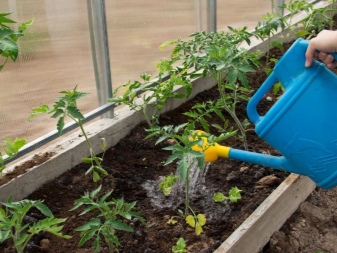
How to prepare yeast dressing for vegetables, see the video.













Thanks. Very useful information, I will definitely use it.
The comment was sent successfully.